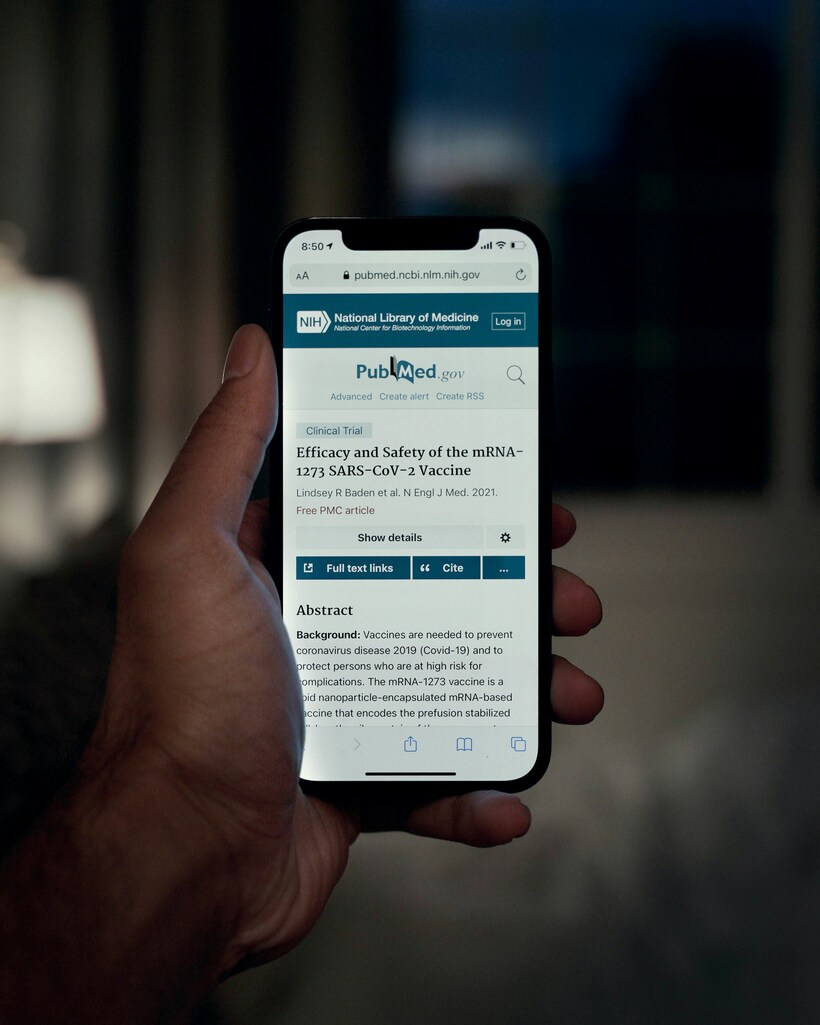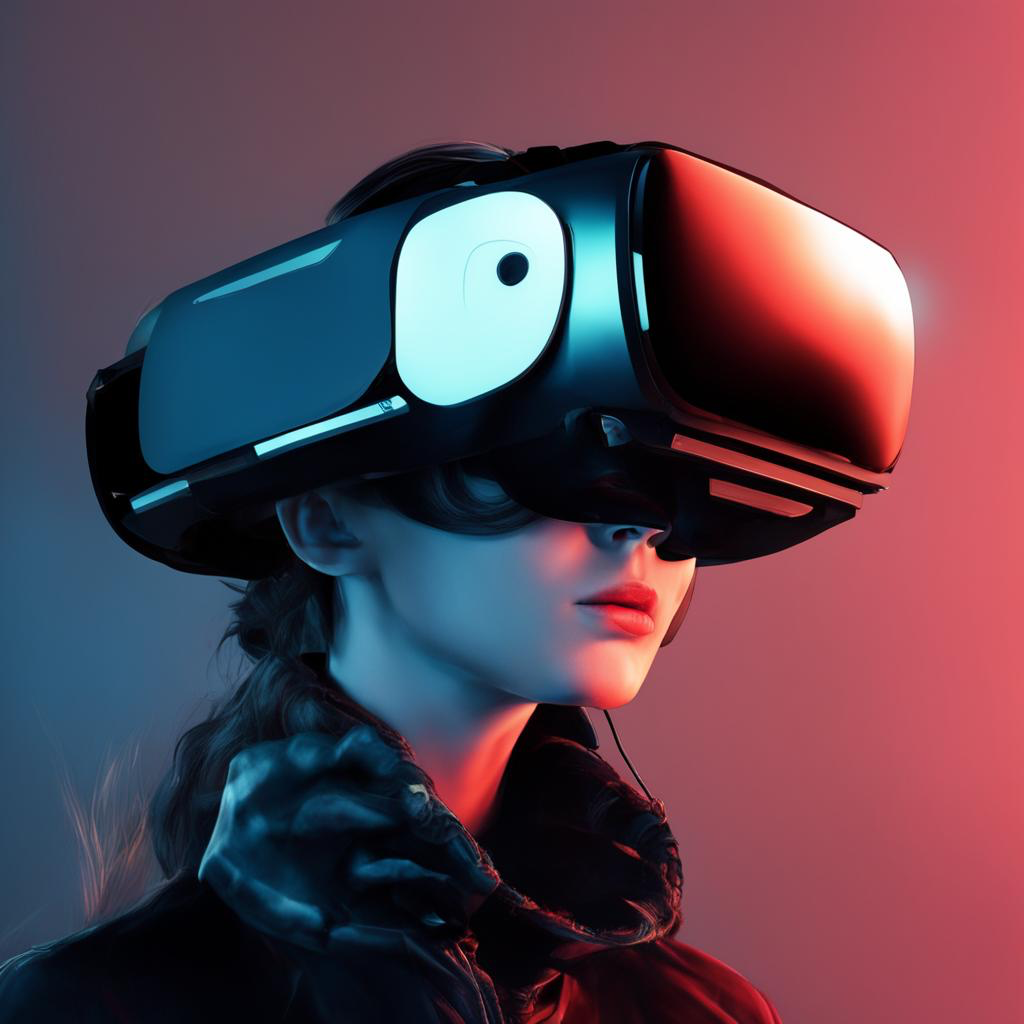Welcome to the exciting world of customer support! In today’s fast-paced business landscape, providing exceptional customer service has become more crucial than ever. Gone are the days when a simple phone call or email would suffice. Customers now expect personalized and immersive experiences that go beyond traditional methods.
That’s where Augmented Reality (AR) and Virtual Reality (VR) come into play. These cutting-edge technologies have revolutionized various industries, including customer support. By leveraging AR and VR tools, businesses can take their customer service capabilities to new heights, creating unforgettable interactions that leave customers in awe.
We will delve into the realm of AR and VR technology and explore how it can enhance your organization’s customer support efforts. We’ll also discuss real-life examples of companies successfully using these tools and address the challenges you may encounter during implementation. So buckle up as we embark on this virtual journey towards transforming your customer support operations!
The Importance of Customer Support
Customer support is the backbone of any successful business. It serves as the bridge between a company and its customers, ensuring their needs are met and questions are answered promptly. In today’s competitive market, providing exceptional customer service has become a crucial differentiator for businesses.
Good customer support fosters loyalty and trust. When customers feel supported and valued, they are more likely to remain loyal to your brand and recommend it to others. On the other hand, poor customer support can lead to negative reviews and tarnish your reputation.
Effective customer support helps resolve issues quickly, preventing them from escalating into larger problems that could damage your business. By addressing concerns promptly and efficiently, you show customers that their satisfaction is your top priority.
Positive customer interactions have a direct impact on sales. Satisfied customers are more likely to make repeat purchases or upgrade to higher-tier products or services. They also tend to spend more money with companies that consistently provide excellent support experiences.
Investing in robust customer support systems demonstrates commitment towards building long-term relationships with clients. By actively listening to feedback and implementing necessary improvements based on their input, you can continuously enhance your products or services according to their evolving needs.
Prioritizing outstanding customer support not only strengthens existing relationships but also attracts new customers through positive word-of-mouth recommendations. To stay ahead of the competition in today’s digital age where consumers have endless options at their fingertips – providing exceptional assistance should be an integral part of every business strategy

Introduction to AR and VR Technology
AR and VR technology have revolutionized the way we interact with our digital surroundings. Augmented Reality (AR) overlays digital information onto the real world, enhancing our perception of reality. Virtual Reality (VR), on the other hand, immerses users in a simulated environment, completely replacing their real-world experience.
AR and VR offer endless possibilities for various industries, including customer support. These technologies enable businesses to provide more immersive and engaging experiences to their customers, leading to improved satisfaction and loyalty.
In AR-powered customer support, customers can receive visual instructions or step-by-step guidance through virtual overlays in real-time. This eliminates confusion and frustration by providing clear visual cues directly linked to the problem at hand.
VR technology takes customer support to another level by creating simulated environments where customers can explore products or services before making a purchase decision. For example, automotive companies can use VR to allow potential buyers to virtually test drive vehicles without leaving their homes.
AR and VR tools facilitate remote assistance by enabling experts or technicians to guide users through complex tasks using live video feeds combined with augmented visuals. This reduces travel costs while ensuring efficient problem-solving.
Another benefit of AR and VR is that they enhance training programs for customer service representatives. Employees can practice handling different scenarios within realistic virtual settings before interacting with actual customers.
Companies like IKEA have already embraced these technologies by offering AR apps that allow customers to visualize furniture in their homes before buying it. Similarly, Lufthansa uses VR headsets during flight safety demonstrations for a more interactive experience.
Despite its many advantages, implementing AR and VR for customer support comes with challenges such as cost considerations associated with hardware investments or software development. Additionally, there may be resistance from employees who are unfamiliar with these technologies or concerns about data privacy issues related to capturing user interactions in virtual environments.
How AR and VR Tools Can Improve Customer Service
AR and VR technology has the potential to revolutionize customer service by providing immersive and interactive experiences. These tools can greatly enhance the way businesses interact with their customers, leading to improved satisfaction and loyalty.
One of the main ways AR and VR tools can improve customer service is by allowing customers to visualize products or services before making a purchase. For example, imagine being able to virtually try on clothes or test out furniture in your own home before buying them. This not only reduces the risk of dissatisfaction but also saves time and money for both the customer and the business.
AR and VR tools can provide real-time assistance to customers through virtual support agents. Instead of waiting on hold or navigating through complicated phone menus, customers can simply put on a headset or use their mobile devices to access live help from knowledgeable representatives. This not only improves response times but also enhances overall customer experience.
These technologies have proven useful in training customer support teams. With AR and VR simulations, employees can practice handling different scenarios in a controlled environment, allowing them to develop better problem-solving skills without any real-life consequences. This results in more confident staff members who are better equipped to handle complex issues efficiently.
Moreover, AR-enabled instructions are increasingly becoming popular as they guide users step-by-step through various tasks or troubleshooting processes. Whether it’s assembling furniture or fixing a technical issue with a device, augmented reality overlays provide visual cues that make it easier for customers to follow along without needing extensive technical knowledge.
Integrating AR and VR tools into customer service strategies opens up new possibilities for businesses looking to deliver exceptional support experiences. By leveraging these technologies effectively, companies can create memorable interactions that leave lasting impressions on their customers while streamlining operations internally.
Real-Life Examples of Companies Using AR and VR for Customer Support
AR and VR technologies have revolutionized the way companies provide customer support. Let’s take a look at some real-life examples of businesses using these tools to enhance their customer service experience.
One company that has embraced AR for customer support is Ikea. They have developed an app called “IKEA Place” which allows customers to virtually place furniture in their own homes before making a purchase. This eliminates the need for guesswork and helps customers make more informed decisions, ultimately improving their overall satisfaction.
Another innovative example comes from Mercedes-Benz. The luxury car manufacturer uses AR technology to provide virtual vehicle tours to potential buyers. Customers can explore different models, customize features, and even take virtual test drives without leaving the comfort of their homes or local dealership.
In the realm of VR, travel agency Thomas Cook introduced “Try Before You Fly,” a campaign that allowed customers to experience holiday destinations through virtual reality headsets. This immersive experience not only helped customers visualize what they were booking but also increased sales by 190%.
These are just a few instances where AR and VR have been successfully integrated into customer support strategies, enhancing engagement and satisfaction levels. As technology continues to advance, we can expect even more creative applications in various industries.
So how can your business leverage these tools? Keep reading as we explore tips for choosing the right AR and VR solutions tailored specifically to your needs.
Challenges in Implementing AR and VR for Customer Support
Implementing augmented reality (AR) and virtual reality (VR) tools for customer support can bring numerous benefits, but it also comes with its fair share of challenges. One major challenge is the cost associated with acquiring the necessary hardware and software. AR and VR technology can be expensive, especially if you want to provide a seamless and high-quality experience for your customers.
Another challenge is ensuring that your staff is properly trained to use these new technologies effectively. They will need to learn how to navigate virtual environments, troubleshoot technical issues, and provide support in a way that enhances the customer experience.
Integration with existing systems can also pose a challenge. It’s important to ensure that AR and VR tools seamlessly integrate with your current customer support platforms so that data can be easily shared between them.
Another potential obstacle is customer adoption. While some customers may embrace the use of AR or VR for support purposes, others may not be as comfortable or familiar with these technologies. It’s essential to consider your target audience’s preferences before implementing such tools.
There may be limitations on the availability of reliable internet connections or compatible devices in certain regions or demographics. This could hinder widespread adoption of AR and VR solutions for customer support.
Despite these challenges, many businesses are successfully leveraging AR and VR technology to enhance their customer support capabilities. By addressing these obstacles head-on through careful planning, training programs, integration strategies, targeting specific user groups appropriately while considering infrastructure limitations; companies can overcome these hurdles and reap the rewards of improved customer satisfaction.
Tips for Choosing the Right AR and VR Tools for Your Business
When it comes to choosing the right AR and VR tools for your business, there are a few key factors to consider. First and foremost, you need to determine what specific goals or objectives you have for implementing these technologies in your customer support strategy.
Next, think about the features and functionalities that will best align with your needs. For example, if you’re looking to provide remote assistance to customers, look for AR tools that offer live video streaming or screen sharing capabilities. On the other hand, if you want to create immersive virtual experiences for customers, focus on VR tools that offer high-quality graphics and interactive elements.
Another important consideration is compatibility with existing systems and software. Make sure the AR or VR tool integrates seamlessly with your current customer support infrastructure. This will save you time and resources in the long run.
Take into account scalability and flexibility. As your business grows or evolves, you may need to expand or modify your AR/VR capabilities. Choose a tool that can easily accommodate future changes without requiring significant reconfiguration or investment.
Don’t forget about cost-effectiveness. Compare different options on pricing models such as one-time purchases versus subscription-based plans. Consider not only upfront costs but also any ongoing expenses related to maintenance or updates.
By keeping these tips in mind during the selection process, you’ll be better equipped to choose AR and VR tools that meet your specific requirements while maximizing their potential impact on enhancing customer support experiences.
Future Outlook on the Use of AR and VR in Customer Support
The future of customer support is looking incredibly promising with the integration of augmented reality (AR) and virtual reality (VR) technologies. As these cutting-edge tools continue to evolve, businesses are discovering new ways to enhance the customer experience and provide top-notch support.
One exciting aspect of AR and VR in customer support is the ability to offer remote assistance. Imagine a scenario where a customer encounters an issue with a product or service. Instead of trying to explain their problem over the phone or through text-based chat, they can now connect with a support representative who can see exactly what they’re seeing through AR or VR goggles.
This immersive experience allows for real-time collaboration, enabling support agents to guide customers step-by-step in solving their issues. From troubleshooting technical problems to providing detailed instructions on product usage, AR and VR have the potential to revolutionize how companies interact with their customers.
Another area where AR and VR can make a significant impact is in training and onboarding. Traditional training methods often involve lengthy manuals or classroom sessions that may not be engaging or practical for every employee. With AR and VR technology, businesses can create interactive simulations that allow employees to practice tasks in realistic virtual environments.
These simulations offer hands-on experience without any real-world consequences, allowing employees to learn from mistakes without causing damage or wasting resources. By immersing themselves in these virtual scenarios, employees can gain confidence and proficiency before applying their skills in actual situations.
As more innovative applications for AR and VR emerge, personalized customer experiences will become even more prevalent. Companies will be able to create customized interfaces tailored specifically for each individual’s preferences and needs. This level of personalization will lead to higher levels of satisfaction among customers by offering them unique interactions based on their preferences.
Integrating AI-powered chatbots into AR/VR platforms could further enhance the customer experience by providing instant responses based on user input within the virtual environment itself.
Conclusion
As technology continues to shape the way businesses interact with their customers, AR and VR tools have emerged as powerful solutions for enhancing customer support. These immersive technologies offer unique opportunities to improve communication, increase efficiency, and create memorable experiences.
By leveraging AR and VR tools in customer support, companies can provide virtual demonstrations, remote assistance, and personalized interactions that go beyond traditional methods. This not only improves problem-solving but also builds stronger relationships with customers.
Of course, implementing AR and VR tools for customer support comes with its own set of challenges. The cost of hardware investments, training employees on new technologies, ensuring compatibility across different devices – all require careful planning and consideration.
Looking into the future of customer support trends indicates a significant role for AR and VR technologies. As these immersive experiences become more accessible and affordable over time, they are expected to revolutionize how businesses engage with their customers even further.



No Comments
Leave a comment Cancel